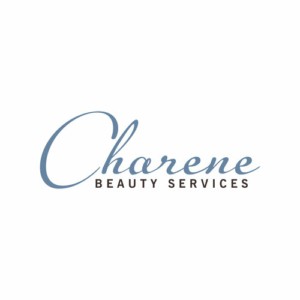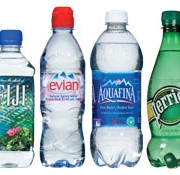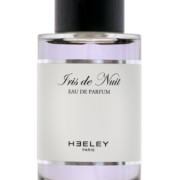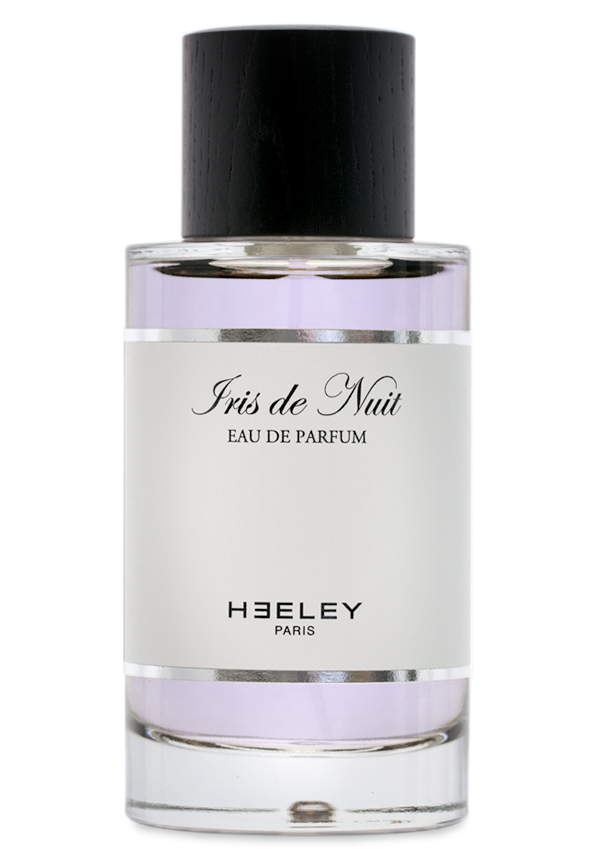Beautiful Travel Destinations to help your skin – Secrets by Charene Beauty Parlour
The Dead Sea: Israel, Jordan & West Bank

Dead Sea December 2007 |David Shankbone
Moor Mud
Peat Moss
Thermal Baths
Therapeutic water from bubbling springs Bad Elster, Germany
Himmalyanan Salt
Russain, Korean, Scandanivian baths
Hammans
Roman baths
Suana/Banya
Steam room
Sweat lodge
hot spring
jimjilbang & Mogyoktang – Korean
Ice room
An onsen (温泉?) is a term for hot springs in the Japanese language
sitz bath
Sulphur
Ionithermie
Mud bath
Hot spring
Mineral spa
Peloid
Destination spa
Hydrotherapy
Electrotherapy
Onsen
Balneotherapy (from Latin: balneum, “bath”) is the treatment of disease by bathing, usually practiced at spas.[1] While it is considered distinct from hydrotherapy,[2] there are some overlaps in practice and in underlying principles. Balneotherapy may involve hot or cold water, massage through moving water, relaxation or stimulation. Many mineral waters at spas are rich in particular minerals (silica, sulfur, selenium, radium) which can be absorbed through the skin. Medicinal clays are also widely used, which practice is known as ‘fangotherapy’.
Notable spas
Ein Bokek, near the Dead Sea, Israel
Blue Lagoon (geothermal spa) in Iceland
Băile Govora (Spa town) in Vâlcea County, Romania
Druskininkai (Spa town) in Lithuania
Warm Springs, Georgia, USA
Ananda – In the Himalayas, India
Termas de Río Hondo, en Santiago del Estero, Argentina
Mineral springs are naturally occurring springs that produce water containing minerals, or other dissolved substances, that alter its taste or give it a purported therapeutic value. Salts, sulfur compounds, and gases are among the substances that can be dissolved in the spring water during its passage underground.
Mineral water obtained from mineral springs has long been an important commercial proposition.
Mineral spas are resorts that have developed around mineral springs, where (often wealthy) patrons would repair to “take the waters” — meaning that they would drink (see hydrotherapy and water cure) or bathe in (see balneotherapy) the mineral water.
Historical mineral springs were often outfitted with elaborate stone works — including artificial pools, retaining walls, colonnades, and roofs — sometimes in the form of fanciful “Greek temples”, gazebos or pagodas. Others were entirely enclosed within spring houses.
Types
For many centuries, in Europe, North America, and elsewhere, commercial proponents of mineral springs classified them according to the chemical composition of the water produced and according to the medicinal benefits supposedly accruing from each:
Lithia springs contained lithium salts.
Chalybeate springs contained salts of iron.
Alum springs contained alum.
Sulfur springs contained hydrogen sulfide gas.
Salt (saline) springs contained salts of calcium, magnesium, or sodium.
Alkaline springs contained an alkali.
Calcic springs contained lime (calcium hydroxide).
Thermal (hot) springs could contain a high concentration of various minerals.
Soda springs contained carbon dioxide gas (soda water).
Sweet springs were springs with no detectable sulfur or salt content (arguably not ‘mineral’ springs at all).
Radioactive springs contain traces of radioactive substances such as radium or uranium.
Deposits
Stepped travertine terrace formations at Badab-e Surt, Iran.
Types of sedimentary rock – usually limestone (calcium carbonate) – are sometimes formed by the evaporation, or rapid precipitation, of mineral spring water, especially at the mouths of hot mineral springs. (These mineral deposits can also be found in dried lakebeds.) Spectacular formations, including terraces, stalactites, stalagmites, and “frozen waterfalls” can result (see, for example, Mammoth Hot Springs). One light-colored porous calcite of this type is known as travertine and has been used extensively in Italy and elsewhere as a building material. Travertine can have a white, tan, or cream-colored appearance and often has a fibrous or concentric “grain”. Another type of spring water deposit, containing siliceous as well as calcareous minerals, is known as tufa. Tufa is similar to travertine but is even softer and more porous.














